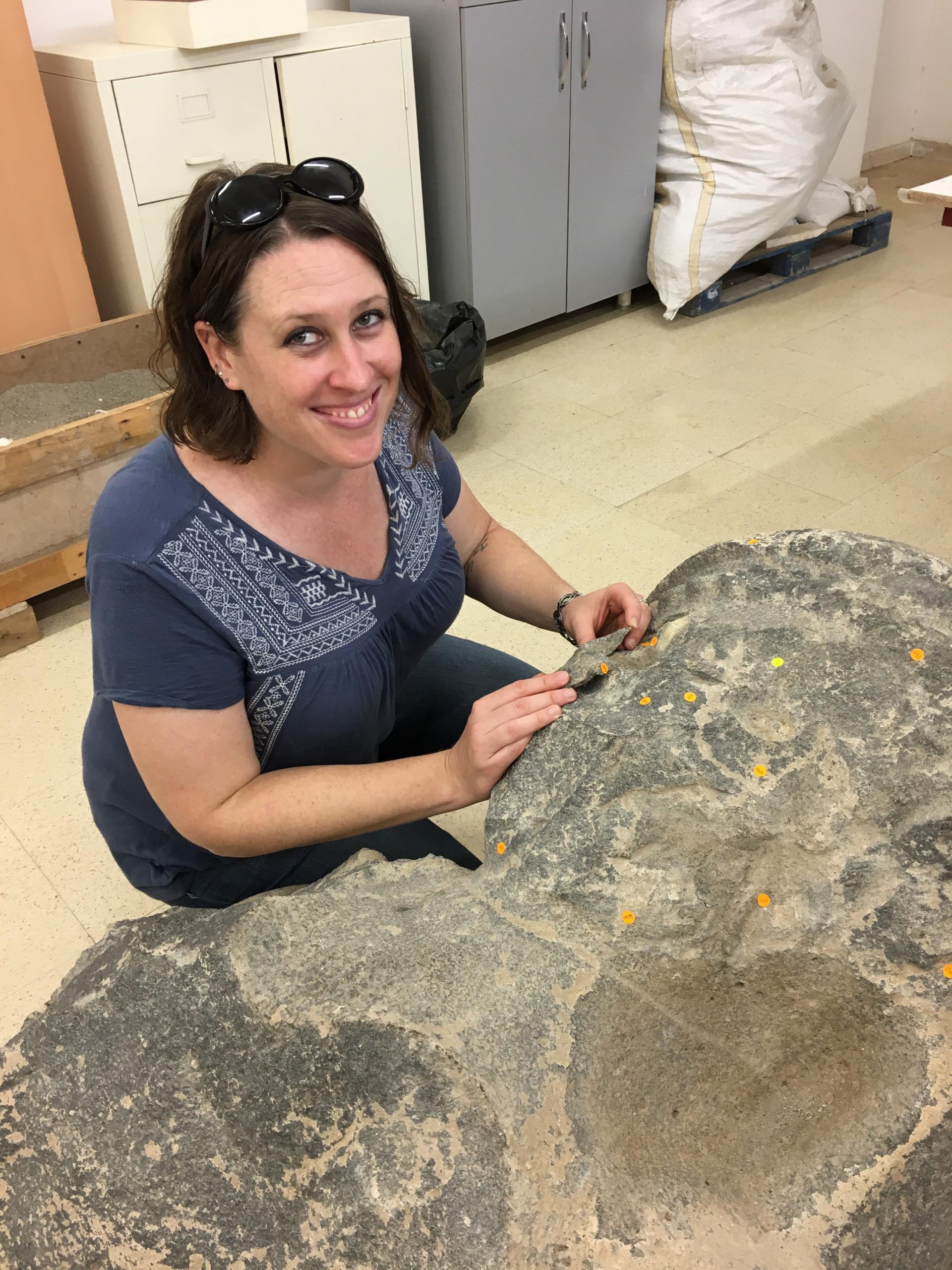Affiliation: University of Toronto

Tracy L. Spurrier is an Instructor with the University of Toronto, Scarborough; she holds her Ph.D. in Near Eastern Archaeology with the University of Toronto, where she also earned her M.A., and holds her B.A. from Boston University. Her research interests include Mesopotamia, the Neo-Assyrian Empire, art and architecture, osteology and paleopathology, and the ideology of kingship. Her fieldwork has included the Tayinaat Archaeological Project in Turkey, the Syrian-American Excavations at Tell Hamoukar, and the Italian-American Excavations at Wadi Gawasis in Egypt. She was Assistant Curator for the 2013 blockbuster museum exhibit at the ROM (Royal Ontario Museum) on Mesopotamia: Inventing Our World, and her publications include “Finding Hama: On the Identification of a Forgotten Queen Buried in the Nimrud Tombs” in the Journal of Near Eastern Studies (April, 2017). Before moving to Toronto for graduate studies, Tracy was the Membership Coordinator for AIA headquarters in Boston.
At the end of the 1980’s, the discovery of the Neo-Assyrian Queens’ tombs at Nimrud in northern Iraq was one of the most fantastic archaeological finds of the late 20th century. Burials originally containing at least half a dozen royal women interred with extravagant grave goods rivaling those of King Tutankhamun in Egypt had been left untouched for over two and a half millennia. Despite the wealth of gold, elite goods, tombs, coffins, and skeletons – archaeological finds usually adored by the public – much of the fame that the queens should have received was overshadowed by the onset of the Gulf War. Within the tombs, which date from approximately 900-700 BC, there is evidence for 7 queens being present though only 5 mostly intact female skeletons have been found. By studying the burial context of the women in the Nimrud tombs, we can try to individualize each of them and see them as the person they were in life, not merely define them by their title as the King’s Palace Lady. Each woman was placed within the tomb complex in a different manner, e.g. some in stone sarcophagi in vaulted chambers and others in bronze coffins in hallways, and they were given unique funerary objects. With those queens whose names we know, each was identified by a distinctive artifact such as a gold bowl, necklace, tablet, sarcophagus lid, and mirror. Along with the grave goods, the analysis of the skeletal remains offers even more insight into the lives of these individuals documenting their physical status as well as diseases, disorders, and traumas they may have suffered. Through an analysis of their burials, we can attempt to reconstruct the lives, and deaths, of these important women.